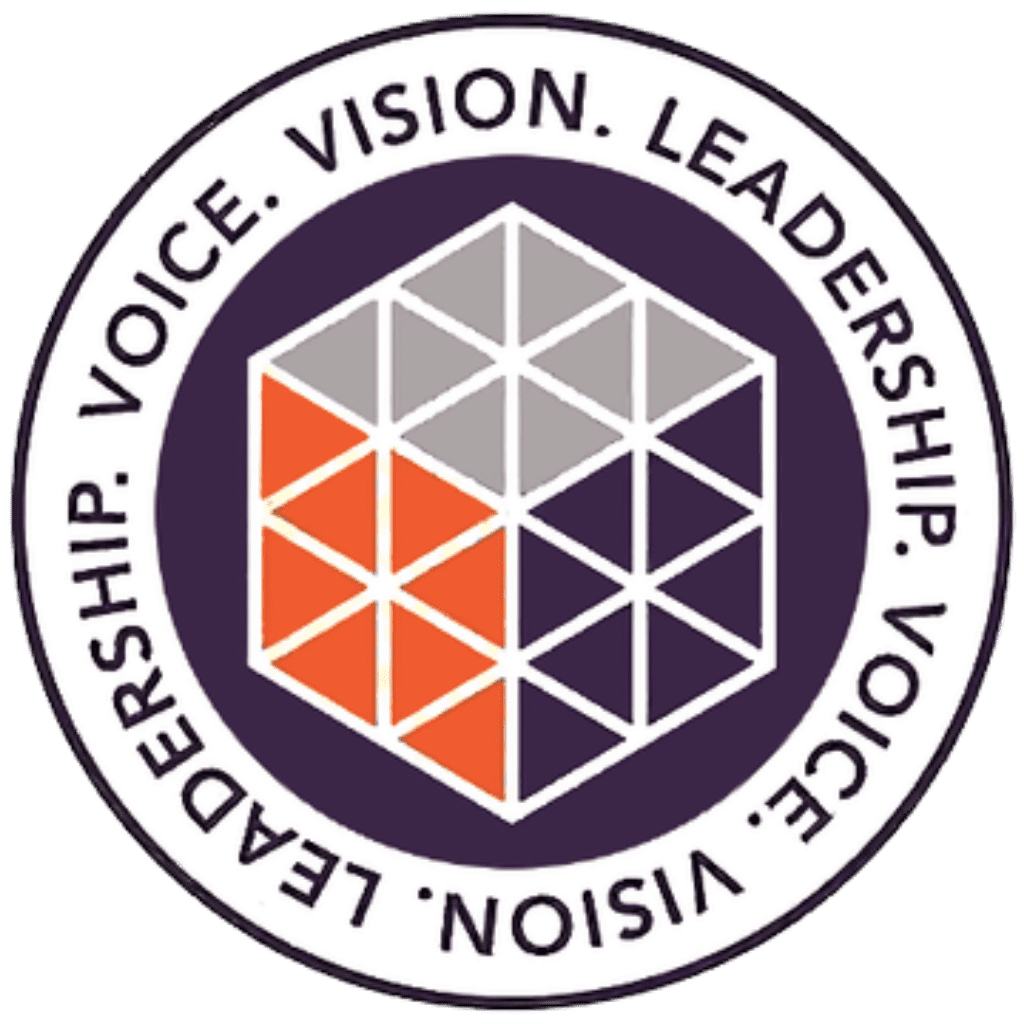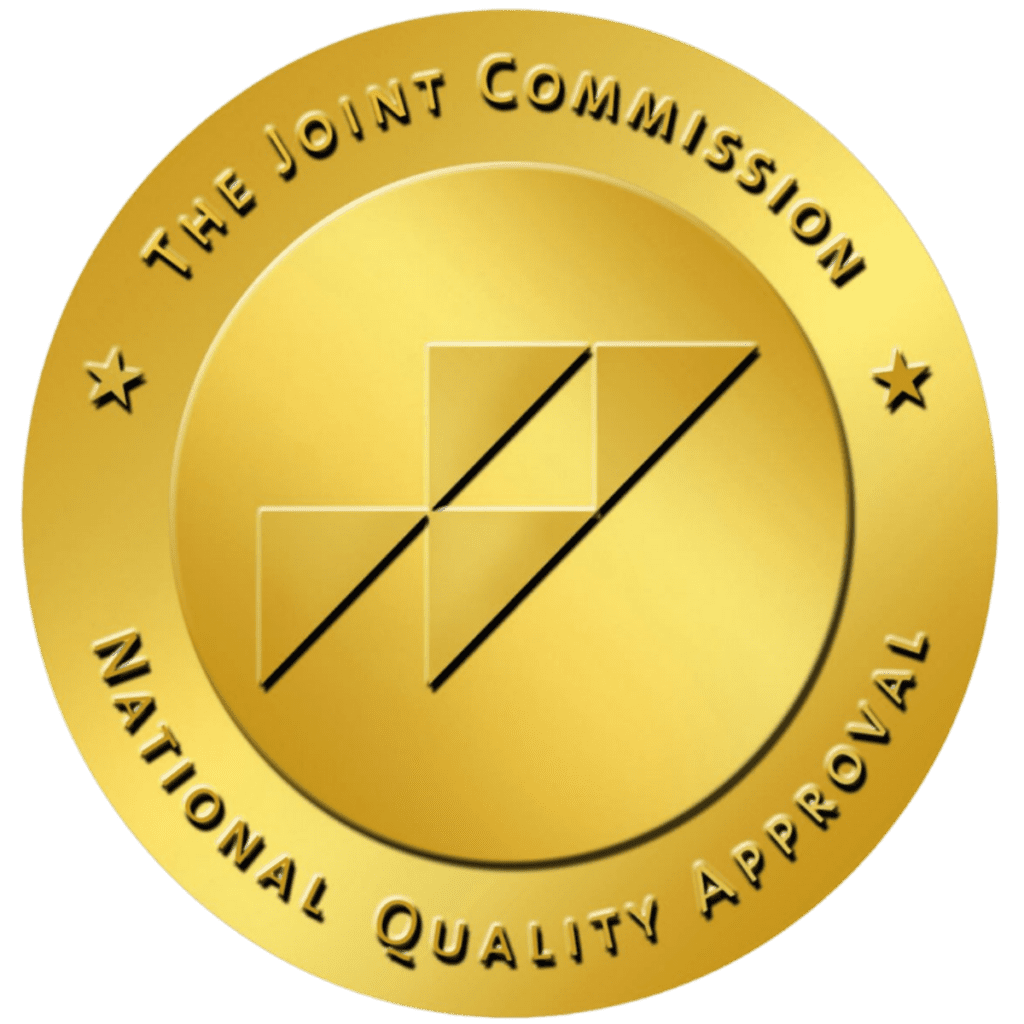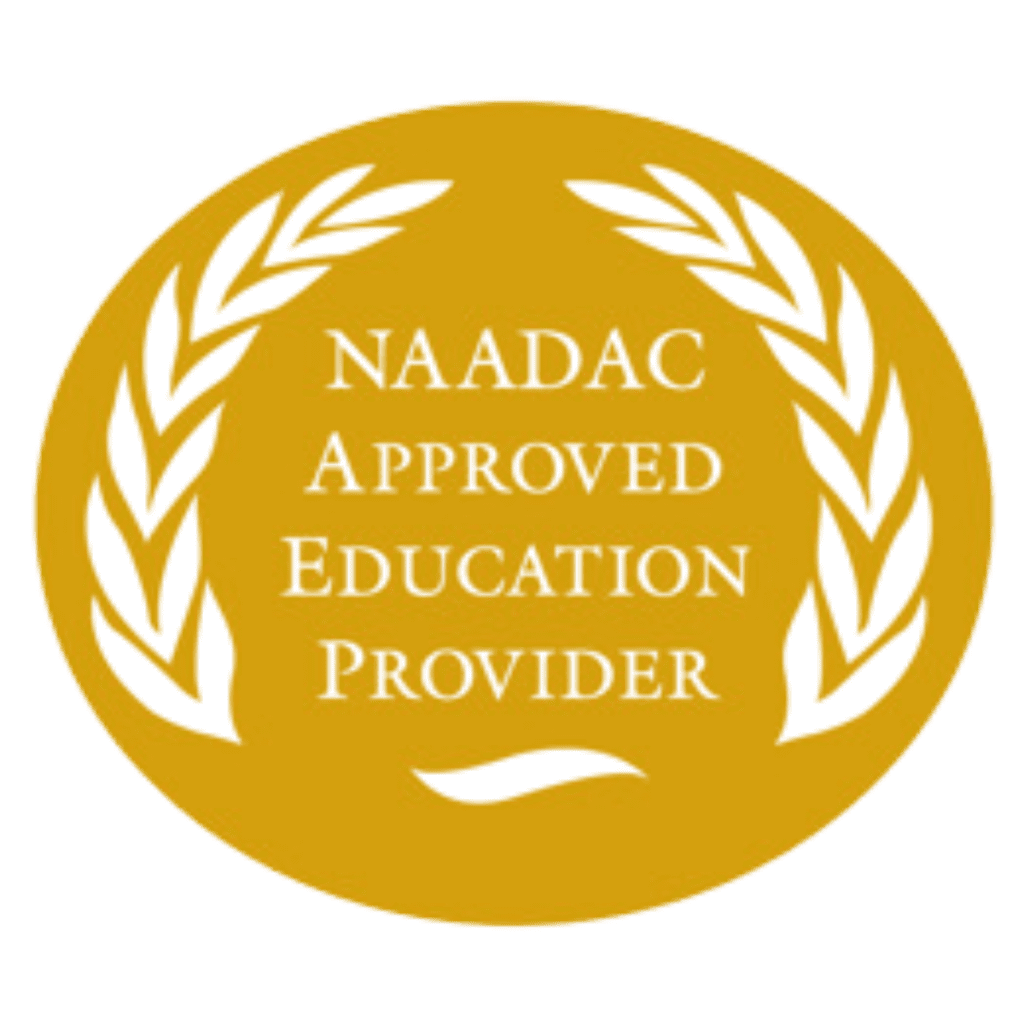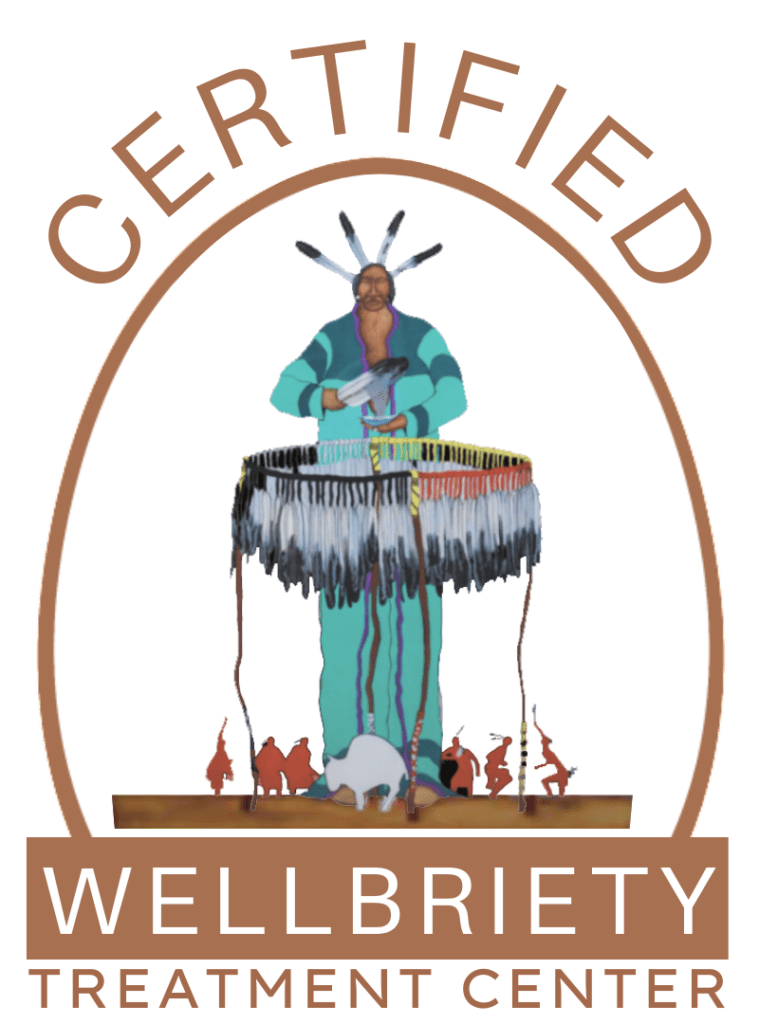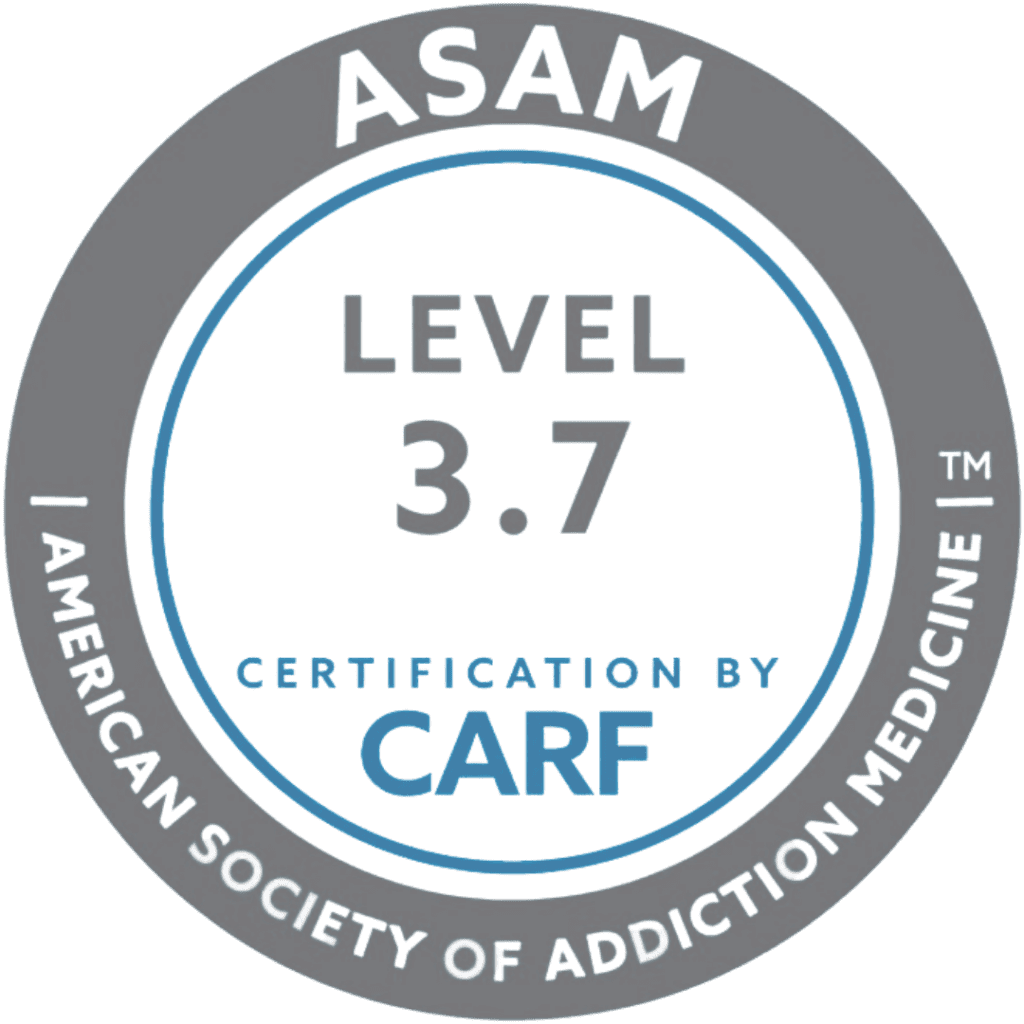Aliya Health Group offers neurofeedback as an experiential therapy treatment to understand the connection between brain and body activity. Neurofeedback uses electronic instruments like electrical pads, wearable devices, and computer programming to measure physiological activity. The way the body reacts to the mind can teach individuals much about how their thoughts and feelings affect their overall health. Notably, neurofeedback helps clients heal from mental disorders and substance addiction by reframing their thought patterns. Aliya combines neurofeedback with traditional therapy and group counseling for a holistic approach to recovery.
Biofeedback is the overarching term for the psychophysiological treatment technique that encompasses neurofeedback. Specifically, neurofeedback is a type of biofeedback that measures and tracks brain activity. Neurofeedback therapy is an experiential therapy that teaches individuals more about the reactions to their thoughts.
Overall, neurofeedback uses advanced technology to explore cognitive processing and neuroregulation. By focusing on the physical results in their central nervous system, individuals see how their bodies respond to their brain activity. This mind-body connection is a critical component of the neurofeedback technique. Truly, it teaches individuals how to gain more control over themselves by seeing how their brain processing affects their bodies. For example, they may notice how their body responds to stressful thoughts by tensing, sweating, and an increased heart rate.
As mentioned, the brain-body connection is a core concept of neurofeedback therapy. Also, both learning and feedback are implemented in neurofeedback treatment. Using technology, sensors track brain activity and its direct effect on various systems in the body. This helps individuals gain knowledge about how their minds influence their health. Further, the treatment provides real-time feedback. The therapist will monitor the results of stimuli on their client’s brain chemistry and explain their findings. Some visual exercises let individuals see their own results on a screen. Thus, they visually re-learn habits and patterns.
If you or a loved one is struggling with addiction, our admissions team is available 24/7. They are compassionate and understanding when it comes to drug and alcohol addiction. They are here to help answer your treatment questions and get you started on the path to recovery. Deciding to seek treatment for a substance use disorder can be intimidating. We are here to make this process as easy as possible. Reach out to us today to learn more about how our treatment centers can help!
Both biofeedback and neurofeedback are non-invasive procedures. Biofeedback uses less complex measurements than neurofeedback. It measures data like temperature, breathing, cardiac activity, muscle activity, and brainwaves. Conversely, neurofeedback looks only at brainwaves and the body’s physical response. Understandably, neurofeedback provides the most in-depth physiological information, while biofeedback shares physiological results without emphasis on the neuro component.
The idea behind neurofeedback is that individuals can actively change their health. This is done by adapting their thinking based on their understanding of how their brain affects their body. For example, they can learn to improve their heart rate, blood pressure and flow, and breathing. The ultimate goals are to change the brain’s response to stimuli and teach the individual more self-awareness. Thus, they take more control over their health by understanding the outcomes of their brain activity.
How does neurofeedback work? EEG sensors attach to the head to read brain signals, including all five types of brainwaves. These provide information on activities like breathing, heartbeat, and stress levels. Using visual cues to track processing (such as flashes on a screen), individuals see an indication of a physiological change occurring.
There are five types of brain waves, which have different frequencies and states. Neurofeedback measures all types to better understand how the person is responding to stimuli. Brainwaves can be differentiated by:
EEG is the short form of electroencephalography, a technique of measuring brain chemistry through electrical brain activity. EEG imaging allows neurofeedback therapists to read their clients’ brainwaves. Tech includes wearable gear with electrodes or EEG sensors that attach to the head.
Biofeedback should not be scary, even your first time. In your session, your therapist will have you use equipment like pads, sensors, or wearable devices. Although you might have equipment attached to your head or body, rest assured that you won’t experience pain or discomfort. Neurofeedback is non-invasive. During the session, your neurofeedback therapist will walk you through exercises using visual, tactile, or emotional processing. As with a traditional therapy session, they will make the space feel safe and inviting. Together, you’ll be able to understand your body’s response to different stimuli and practice creating new habits. Positive reinforcement (such as a green light on a screen) helps the brain re-learn beneficial habits in place of detrimental ones.
"*" indicates required fields
Neurofeedback treats a variety of issues connected to neurology. Notably, it’s especially helpful in the treatment of mental disorders that are due to an imbalance of chemicals in the brain. For example, people with depression, anxiety, and post-traumatic stress disorder are candidates to receive medication to balance their neurochemicals. In the same way, neurofeedback allows them to achieve a deeper understanding of how their emotions connect to their physical health. It teaches those with mental disorders how to control stress and symptoms of their illness and practice mindfulness.
Along with encouraging mental health, neurofeedback has ample benefits for individuals with substance use disorder (SUD). Similarly, the therapy teaches those with SUD to actively change their habits to overcome addiction. For those with addiction to drugs and alcohol, treatment improves cravings, symptoms of mental illness, and physical health.
Neurofeedback can be implemented to help teach better habits for less intensive issues, as well. For instance, the process can also aid in:
People with addiction struggle with cravings and withdrawal symptoms when they go too long without their substance. In turn, this makes it difficult to escape the cycle of drug abuse. Additionally, they need to unpack the reasons behind why they abuse substances to better change their patterns. Neurofeedback provides insight into addictive habits and helps individuals escape withdrawal symptoms.
Neurofeedback is an effective treatment for mental disorders such as depression, anxiety, PTSD, and trauma-induced illness. It allows clients to understand how their patterns of thinking affect their health. Understandably, symptoms of mental illness include disordered thinking that can damage confidence and independence. When neurofeedback is combined with traditional therapy and counseling that helps one unpack one’s mental illness, true healing occurs.
Co-occurring disorders are those that occur simultaneously in one individual. To elaborate, they may have both a substance disorder and a mental disorder that exacerbates each other. While neurofeedback is beneficial for treating addiction and mental illness individually, it’s also used to look at both issues at once. At Aliya, we believe co-occurring illnesses should be healed together for holistic improvement. As such, we use neurofeedback to help individuals achieve recovery.
Regular mindfulness practice can lead to various benefits. The key to achieving these benefits, of course, is consistency. With regular participation, you may experience a number of advantages from mindfulness meditation, including:
EEG neurofeedback gives you the opportunity to deeply understand yourself. This is true for both how your brain processes its surroundings and your internal world. More than that, it allows you to modify your responses over time. Thus, you can see improvements in stress and anxiety, emotional regulation, symptoms of disorders, concentration, and addictive tendencies.
As mentioned, neurofeedback therapy helps people of all backgrounds with illnesses. Whether you struggle with a mental disorder, substance abuse, behavioral disability, or physical pain, neurofeedback can help you regain control. We would love to explain how it will work for you further, so please reach out!
When you’re starting with neurofeedback, not much is required from you. You only need to focus on preparing to engage with your therapist. You can expect to partake in biofeedback therapy in a manner similar to your traditional therapy sessions. That is, you will work with a therapist and participate in exercises, but you’ll also track brainwave activity. Come to your session with an open mind, as it will prepare you to experience big shifts in your healing journey!
We accept most major health insurance providers on both a national and local level. We currently work with the following insurance plans:


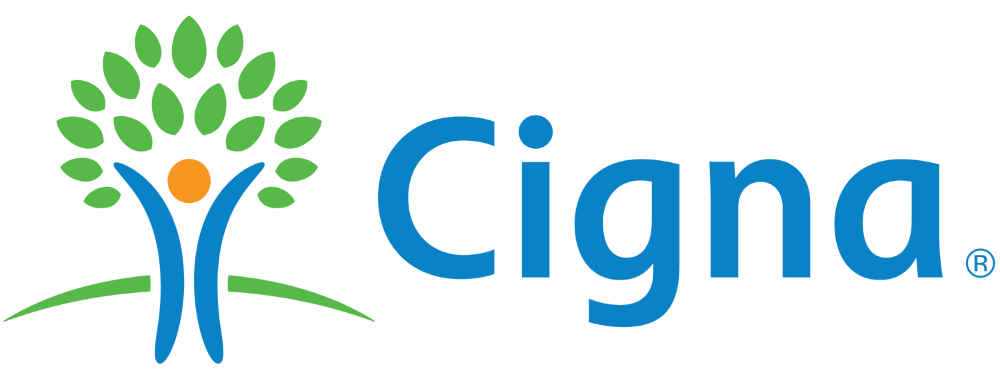




Before entering outpatient treatment for substance abuse, most people have a long list of questions and concerns. To help you gain a better understanding of what to expect during outpatient programs, we have compiled a list of our most frequently asked questions.
Yes, our rehabilitation facilities have designated smoking areas available. However, kindly note that all cigarettes brought into the facility must be in unopened packs or cartons. The same rule applies to any cigarettes sent or brought by family or friends. Our staff will be more than happy to provide you with additional details regarding these guidelines during the admission process.
Yes, in most cases, we can offer repayment options tailored to your unique circumstances. For more details regarding personal repayment options, we recommend reaching out to our admissions team. They’ll be more than happy to assist you.
We accept all major insurance plans at our treatment locations. To learn more about insurance and treatment cost, contact our admissions team or fill out our secure insurance verification form.
Yes, we provide integrative dual diagnostics alongside a wide array of treatment modalities. Our core objective revolves around tackling addiction, while simultaneously addressing the underlying factors that contribute to substance use disorders. Our mission is to deliver effective and holistic care that encompasses both symptom management and the exploration of root causes of addiction.
In terms of cost, outpatient treatment is typically more affordable than inpatient options which require round-the-clock medical supervision. This makes it a viable solution for individuals who may be deterred from seeking help due to financial constraints.
“I highly recommend this facility for anyone needing treatment. The staff isn’t just nice and genuine there but instead one big family. Whether it’s the owner, housing manager, or a bht you get the best down to earth genuine care. The material they teach in group is very helpful also.”
"*" indicates required fields
For Immediate Help Call: 888-973-2078
Aliya Health Group is a comprehensive network of addiction and mental health treatment centers, with locations spanning nationwide.
We are driven by our commitment to empower individuals, families, and the community by providing education, tools, and support, to help them lead healthy, fulfilling lives in recovery.
Our admissions team is available 24 hours a day, 7 days a week, 365 days a year.
